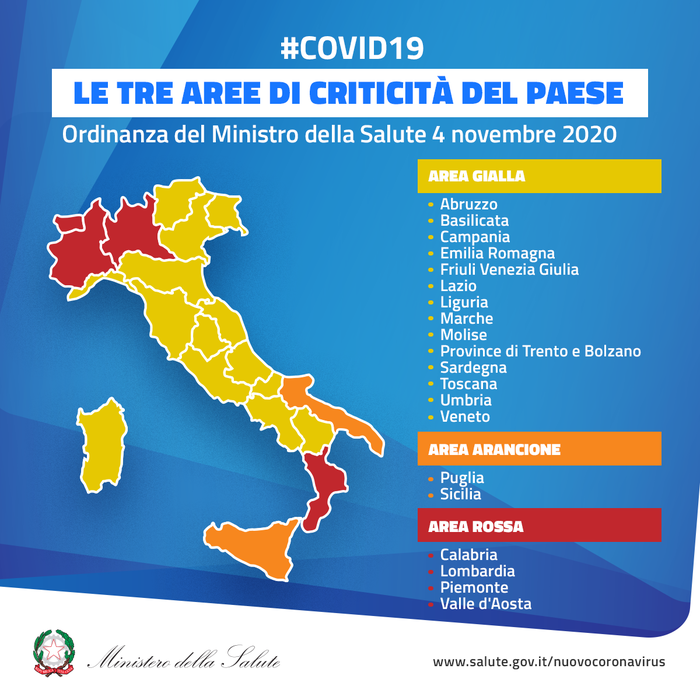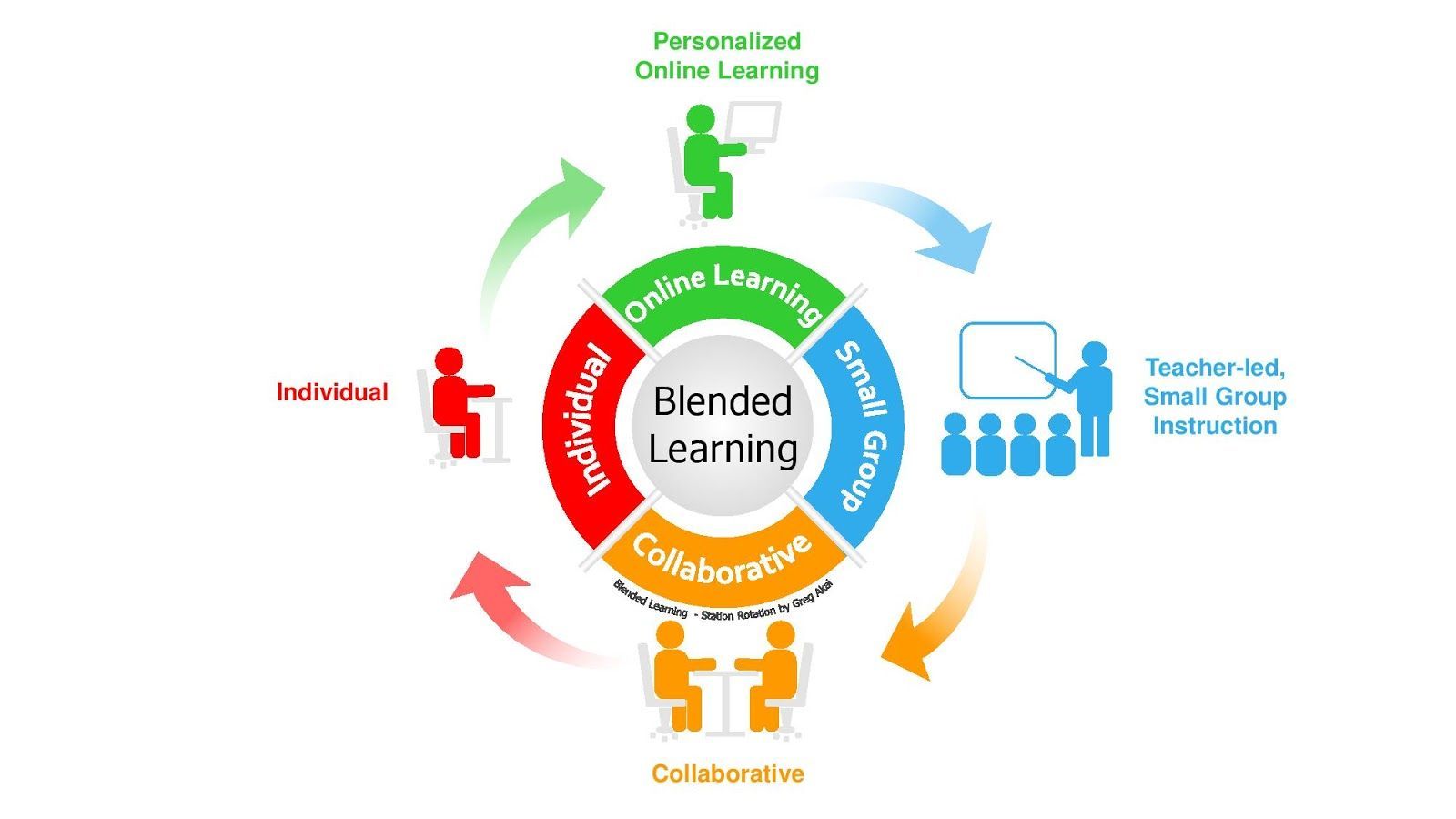Home » Posts tagged 'global collaboration'
Tag Archives: global collaboration
Virtual and Augmented Reality
Virtual Reality in classrooms has made learning more fun, engaging, and exciting for students!
Google Cardboard allows students to experience virtual reality in a fun, non-expensive way! You can get it, fold it, and look inside a world of cardboard! It is a virtual reality experience that is cheap for students and teachers! You can learn more about Google Cardboard here!
A great app to use with Google Cardboard is Google Expeditions! Google Expeditions allows students to go on virtual trips anywhere of their choice! There are two modes of the app, “Guide” for teachers and “Explorer” for students! Each expedition contains several panoramic scenes, curriculum connections, notes, and discussion questions! This allows the viewers to see the expeditions in a 3D view! Learn more about Google Expeditions here!

Thanks for viewing! 🙂
Who or What is Veative?

Veative is a company with the goal to augment the current capabilities of individuals and teams to enhance what each of us is capable of. They are striving to unleash the power of immersive technologies to allow people move, see, hear and speak with a greater sense of speed, precision and understanding.
This company has over 650 VR modules for teachers to pick from. Ranging from Chemistry and Physics to Language Learning to Educational Tours. While this blog will be primarily on the Educational Tours aspects of Veative, this company is not just exclusive to that subject as shown in the content showreel.
Veative allows it’s users to go into Virtual Reality and walk around some of the worlds most iconic structures and places. From the Statue of Liberty to the Colosseum to the Great Wall of China, Veative has formed a great digital library of great human achievements. Here is a link to their collection.
These tours make it possible for teachers to take their students on virtual field trips across the globe. An Italian teacher who lacks the resources to take their students to Italy can instead use Veative and take them to the Leaning Tower of Piza. And after the students have explored the fantastic environment they could have a video call with a class the lives near the structure, or one that has visited. There are even more possibles with Veative then just that!

What devices does a teacher or student need to use Veative? Luckily, many of Veative’s tours can be used on, up to, six different devices. One such being Google Cardboard, where a smart phone is placed in to a simple set of googles made from cardboard. Other applicable devices include Google Daydream, Samsung Gear VR, Oculus Go, Pico, and EduPro.
What are you Educators waiting for? Bring Virtual Reality into the classroom and collaborate globally already! The technology is here, it just needs you to use it.
Like this blog? Check out my twitter to links to other just like it! Thank you.
Tour virtuale: “Il silenzio di Roma”

Manhattan is known to the world as the city that never sleeps, but it’s not the only city that is notorious for its seemingly nonstop lively atmosphere. There is perhaps no city more iconic than Rome, and it’s been that way for thousands of years for a reason. It is the cradle of Western society, so such a beautiful city shrouded in silence during the 2020 April lockdown was horribly eerie.
Even the statues, in their towering stone glory, looked sad.
And when you consider the reality of COVID-19 in Italy while embarking on this silent virtual tour, it’s hard to feel the city’s usual majesty. The silence, and the stillness, was a mark of death and fear in the Eternal City. As one of the first European countries hit by the virus before there were vaccines and widespread mandates that handled the spread, Italy was devastated.
With hospitals overrun, families with victims of the virus were forced to house their decaying corpses in the tight quarters of their apartments while waiting for transport, sometimes for days at a time. Under then-Prime Minister Giuseppe Conte, the country was categorized into color-coded zones: rosso, aracione, and gialla (red, orange, and yellow). Red was the high-risk zone, and at one point in 2020, nearly the entire peninsula was a bright, glaring red. If you had to venture into the piazza for groceries or supplies, you had to fill out a form to present if stopped by polizia.
This scene was that of a dystopia, not the Eternal City.
During an interview with NBC News at the height of the pandemic, Conte told viewers that “We are suffering very much.” Later, it would be under his strict restrictions managed to get the country’s numbers under control.
Today, although the Green Pass has sparked widespread protests in Italy and abroad, current Prime Minister Mario Draghi has deemed vaccine mandates crucial for stopping the spread of the virus and eventually seeing the population reach herd immunity.

Which marks a much better state of mind than what reigned in the bleak, empty streets of the Italian capital in the virtual tour.
When you think of the Piazza Navona or the Spanish Steps, the iconic images are always riddled with tourists. Sometimes, there are too many tourists, but at least that means there are people. Where there are people, there’s business. Money spent and made. Throngs of khaki-wearing Americans snapping photos of the Trevi Fountain or the Pantheon is a good thing, which even Italians can attest to. Their absence wounded the city’s economy, much of which relies on tourism (until the pandemic decimated its tourism numbers).
These monuments and their surrounding streets usually bustle with the hum of scooters and the blare of car horns. Without the noise, the people, and the activity that makes this city so great, it seemed like nothing but hollow stone and marble. Occasionally there was an ambulance racing down a road, but that’s not the kind of noise you want. It only underscores the suffering that Italy experienced in April 2020, and although the virtual tour is worth viewing, it’s not worth repeating.
Rome in the video is not the city that the rest of the world knows and loves.
However, that does not mean that it can’t be used for global collaboration in an educational setting. If one wants to teach students the reality of what happened to the world in 2020 through hands-on projects and other tools, this tour certainly provides a raw view. If the home of the Colosseum and the Roman Forum went silent, students of the future will realize just what a dark period of history this was.
Particularly when we are back to some semblance of normalcy, and COVID-19 is nothing but a memory that makes you say, “Jeez, do you remember that?”
Hopefully, we will reach that point soon.
So here’s to ending 2021 and starting 2022 with a bang. Hopefully, Rome (and the rest of the world) will be back better than ever before. It’s a cheesy cliche to say, but what doesn’t kill you makes you stronger, and that’s never been more true for the people of Italy in the last few years.
Microsoft Translator breaks language barriers and accessibility problems
![Learning setting. [Image description: A collaborative learning setting.] Photo courtesy of Unsplash.](https://blogs.stockton.edu/webtools/files/2021/10/photo-1592303637753-ce1e6b8a0ffb.jpeg)
As someone who is on their way to becoming fluent in a second language for the first time in their life, learning about the benefits of Microsoft Translator in this week’s chapter immediately stood out to me. And that is just for one person; the benefits of Translator reach schools, workplaces, and individual relationships alike (both abroad and on our screens).
For a school like Chinook Middle School in Clyde Hill, Washington, where students speak 32 different languages, Translator is a necessary tool. Principal Russel White, who liked to meet with parents four times a year, always had to use interpreters at language-designated tables. But that all changed when the tables grew in numbers and not every language was represented because of a lack of resources. Luckily, when he teamed up with the school’s IT department and started to use Microsoft Translator, he no longer had to rely on interpreters and constantly worry about not having all the resources to provide the right subtitles to every foreign tongue there.
The app’s website explains how it “provides free resources, tools, and how-to guides for live captioning and translation in the classroom.”
This takes global collaboration to a whole new level. Once the language barrier is broken, the possibilities for global communication, collaboration, and education are endless.
Translator bridges the language barrier with advanced technology that helps students see a transcript in their language on the screen at the front of the classroom, or on their devices. The app also allows what the lecturer is saying to be translated so they can listen to it audibly.
This is useful for foreign exchange students, or for teachers conducting virtual lessons to students on the other side of the globe, or simply for teachers and parents who speak another language to communicate effectively.
And the benefits don’t end there. The app is also useful for learners who need special accessibility tools, such as students who are hard of hearing or deaf. With the combination of translation and accessibility tools, Translator increases inclusivity and accessibility in the classroom. This is extremely important, as hearing difficulties are common throughout the world, and make accessibility tools in any learning environment crucial to the success of the student.
Education, and the way tools and empathy for the hearing-impaired come into play, is a major part of the mission of the National Association of the Deaf. This just shows how important a high-tech app like Translator is, in the way that it can help people with learning disabilities as well as foreign students coming to exchange cultures.
It’s one of the greatest bridges to cultural awareness, and one of the most fascinating tools I have come across this semester when learning about the different tools teachers with “teacherpreneurship” traits can utilize.
AFS USA is educating the world

Global collaboration in the classroom is one of the most useful tools teachers can utilize. Through AFS’ USA program, high schools can host exchange students and send their own students abroad, creating a cultural exchange of learning. Studying abroad early (in high school) makes you a well-rounded individual. In AFS’ mission statement, they make it clear that they are all about immersing students in other cultures, exposing them to different ideas, educational methods, and other ways of life. Immersion allows students to bridge cultural gaps, and when that happens, there is more understanding and acceptance.
AFS also provides educators with COVID-19 resources, to ensure that global education continues during unforeseen events.
If you are a teacher and use AFS to sponsor an exchange student from a foreign country, the program offers a variety of tools and resources to provide students with the best possible educational experience to bridge cultural gaps. For example, I would have students listen to their podcast called the AFS Exchange so they can interact with AF and learn the value of studying abroad before they make a decision. The podcast provides full-length episodes on life abroad, with each episode dedicated to being a student in different countries to provide students with a variety of options when choosing their exchange program. Not only are there episodes with titles like “Advice From Us to You” and “Egypt, Iceland, and How It All Began”, but there are episodes with members of the AFS program who are both exchange students and educators who host foreign students from countries around the world. They share their insights, advice, and global education tools so others can broaden their horizons.
The blog is another beneficial resource, which features a variety of guides for each country, as well as resources related to important current events like the guide for “AFS-USA Anti-Racism Resources Guide” and the guide for “Global Sustainability/Sostenibilidad Global in Oconomowoc, Wisconsin” that allows science and Spanish teachers to collaborate. Science and learning the Spanish language? Who would have thought those two subjects can complement each other? That’s one of the best parts about AFS; they help bridge not just cultural gaps but allow different subjects to complement each other in ways educators and students alike couldn’t have imagine before.
Their Global Educator Newsletter is another resource that provides students and teachers with all the information they need to know about AFS’ study abroad programs, including their virtual study abroad programs which allow you to “explore the world from home”. This was especially handy during COVID-19 when lockdowns prevented many from achieving their study-abroad goals; it kept the world connected through their computers.
With their mission statement that values immersion, promoting diversity is a major aspect of the program. It is what drives their dedication to educate the world through a shared program that links values from different backgrounds, beliefs, and identities. When teachers are able to share these resources with their students, even in a virtual setting from the classroom itself, we are on the path to a better world with more empathy and acceptance of our differences.
Blended learning and accessibility tools impact hearing-impaired learners
Blended learning and advanced accessibility tools are important now more than ever. With the worst of COVID behind us and many schools reopening in person, there are still educators and students who value blended learning in this age of social distancing and Zoom lessons.

Something that stands out to me as a perfect example of this is Music Mode on Microsoft Teams, a new accessibility feature that will really come in handy for online learning and virtual meetings. Some of the major features of this tool are echo cancellation, noise cancellation, and adjustments to microphone sensitivity. This is perfect for when multiple people are trying to speak at once, or if someone forgets to mute their microphone and when you speak, your echo makes it hard to concentrate on what you’re trying to say. With the way Music Mode allows people to not only share music but also enhance the quality of their speech audio, people who need hearing accessibility tools will have a better time learning in a virtual setting.
🎈 Coming soon to #MicrosoftTeams: the brand-new High-fidelity Music Mode feature, based on the Satin audio codec.
Background article:https://t.co/scsNAmb6VK
by #MVP Tony Redmond @12Knocksinna #Microsoft365 Roadmap:https://t.co/RL9grtLlCL#MicrosoftEDU #MIEExpert #MusicEd pic.twitter.com/WUCOlgHa0Z— MSEdu Central (@MSEduCentral) September 26, 2021
This is where blended learning comes into play. Whether it be in a virtual classroom, a collaborative one-on-one, or an in-person setting that combines both live instructions with digital tools such as Microsoft Teams, when the tools in blended learning are enhanced, so too is the learning experience. It makes for a more welcoming learning environment that can be shared in classrooms around the world, something that has been pushed during the pandemic when everyone was forced to become acquainted with online tools to continue learning.
Another example of a blended learning tool that complements Microsoft’s Music Mode is incorporating sign language videos into lessons for the hearing impaired. This was particularly useful when students with hearing difficulties had to be separated from their sign language teachers in school during the 2020 lockdowns. This was a major factor in the assistance the National Association of the Deaf provided for hearing-impaired learners.
This is only a drop in the bucket for students who require learning tools when studying remotely, such as people with dyslexia and ADD. This is why blended learning requires collaboration, particularly between educators and the ever-advancing learning tools. With these advancing tools that anyone can use, the global collaboration between students and educators alike becomes a reality, since it creates an environment that anyone can access.
Collaboration In Education
by Tiffany Imparato

This week as a class we focused on the importance of collaboration and how it will be beneficial in creating our own PLNs. We are all aware of the high burnout rates for teachers and having a PLN to support and collaborate with is extremely valuable to both the educators and those they teach. Thankfully today we have many resources that allow teachers to collaborate virtually from anywhere. Teachers can use platforms such as Skype, Zoom, and Twitter to connect with fellow educators to support and share information to better their classrooms experience. The idea of collaboration can start as simple as connecting with fellow teachers in our your school environment to connecting with educators across the globe via blogs, social media, and many other resources. While searching Twitter I came across a valuable blog called Microsoft Education Blog that focuses on various concepts and support. Below I have shared a video of Heather Duncan-Whitt speaking about her own personal journey in teacher and how she learned the importance of seeking support outside the walls of her classroom.
Heather Duncan-Whitt
Global education will make the world a better place
Global education has never been more important. For millions of students, personal and professional goals are closely woven into how connected the world is. At Stockton University alone, the Office of Global Engagement is partnered with dozens of schools throughout the world. The fact that Stockton is one of the hundreds of universities throughout the country that are partnered with organizations like IES Abroad and EF exemplifies the widely recognized importance of connecting young academics with other countries.

Since the pandemic, UNESCO established the Global Education Coalition, which is “a platform for collaboration and exchange to protect the right to education during this unprecedented disruption and beyond”, and focuses on maintaining global collaboration when the world can’t travel. 175 UN member states are part of the coalition, further symbolizing the way the world recognizes the importance of global interconnectivity when it comes to education. During the pandemic, maintaining global collaboration through education was, as we all know, virtual. IES Abroad still ran their programs but through online internships, which allowed students to meet professors and other academics from their host schools abroad.
Interweaving academics and the world ensures that students are exposed to learning from a variety of viewpoints, backgrounds, and beliefs. This allows for empathy and open-mindedness, especially when a student is immersed in a country or school and is thus provided with the first-hand experience of what that culture is like. The COVID-19 pandemic made this come to a screeching halt, but it still didn’t stop people from studying abroad the moment international borders reopened in early 2021 thanks to COVID-tested flights and high vaccination rates in countries like Israel and Uruguay.
For people like Nia Donfris from Madrid’s San Louis University, the pandemic hurled a set of challenges in front of her dream of studying abroad, but she still didn’t let it stop her. This resilience is important to note. Donfris is in the nursing field, which forces her to forge close relationships with people, so learning another language and culture is important for empathy. This is important for so many other career fields, and when a different culture is understood through first-hand experience, company productivity, employee contentment, and community outreach can be achieved at the highest capacity.
Creating a better world with these things starts with education, and when education is connected on a global scale (whether through virtual events or physically studying abroad), the quality of education, graduates, and professionals is enhanced.
Recent Comments